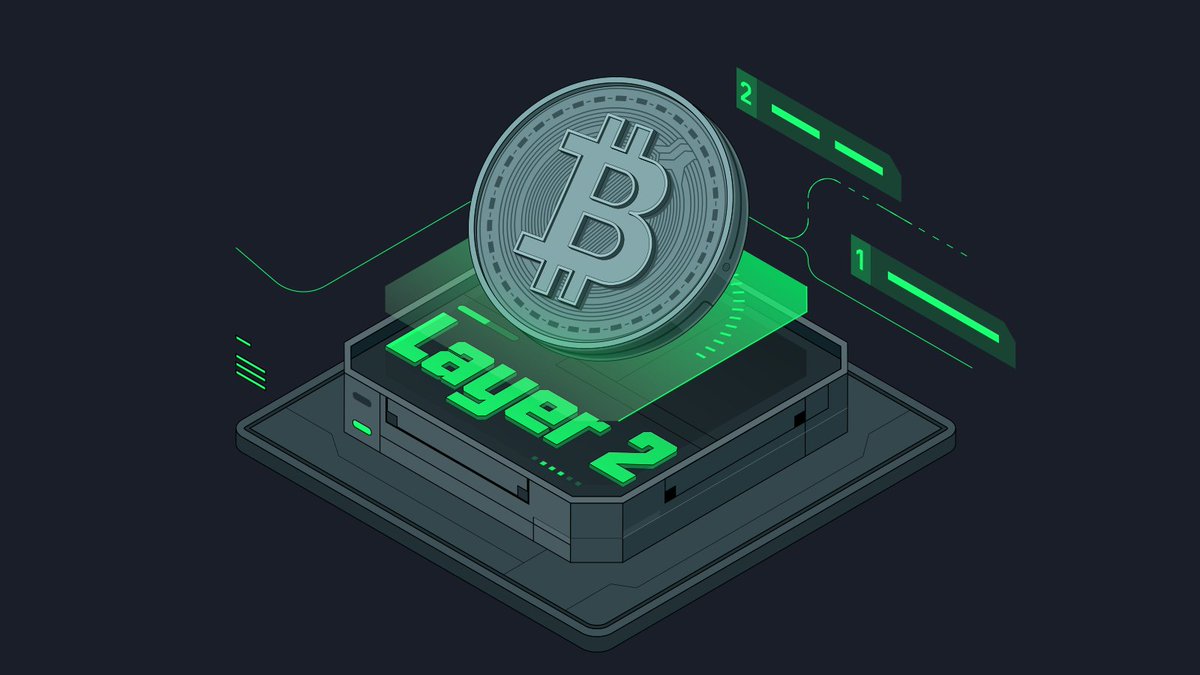Exploring the Transformative Role of AI in Today’s World
—
Introduction: Why AI Feels Like Magic and Reality All at Once
In a way, Artificial Intelligence (AI) is like the Swiss Army knife of the modern world—versatile, powerful, and with almost infinite applications. From predicting what movie you want to watch next to enabling complex medical diagnoses, AI quietly permeates nearly every industry and facet of daily life. While the term might once have conjured images of sci-fi robots or distant future tech, AI today is very much a present reality reshaping how we live, work, and think.
This report dives deep into the evolving landscape of AI, unpacking its core technologies, societal impacts, ongoing challenges, and the path ahead. By peeling back layers and examining concrete examples, we’ll see why AI isn’t just technology; it’s a fundamental force influencing our collective future.
—
Decoding AI: At Its Core, What Is It?
Understanding AI starts with demystifying what it actually means. Artificial Intelligence broadly refers to machines’ ability to perform tasks that typically require human brainpower—like recognizing images, understanding speech, making decisions, or learning from experience.
Key components include:
– Machine Learning (ML): Algorithms that can learn and improve from data without explicit programming.
– Deep Learning: A subset of ML using neural networks with many layers, mimicking the human brain’s structure.
– Natural Language Processing (NLP): Enabling computers to understand and generate human language.
– Computer Vision: Allowing machines to interpret and respond to visual information.
Together, these branches power everything from voice assistants like Siri and Alexa to recommendation engines on streaming platforms. The explosion of data availability and computational power in recent years has fueled rapid leaps in AI capabilities, making what once seemed impossible routine today.
—
AI’s Pervasive Impact Across Industries
AI isn’t confined to labs or the tech sector. Its influence is sweeping across many industries, transforming traditional practices into more efficient, personalized, and innovative operations.
Healthcare: Diagnosing the Future
One of the most promising AI applications is healthcare. Algorithms can now analyze medical images to detect cancers earlier than some experts, flag anomalies in patient data that humans might miss, and even assist in drug discovery by predicting how molecules behave. For example, AI models have reduced the time it takes to identify potential treatments for diseases from years to months, accelerating patient care innovation.
Finance: Smarter Decisions and Security
AI helps financial institutions detect fraud in real-time by spotting unusual transaction patterns that might escape human scrutiny. Beyond security, it powers robo-advisors providing personalized investment advice based on market trends and user preferences. This democratizes access to financial services once reserved for seasoned professionals.
Transportation: The Road to Automation
Self-driving cars, while still in testing phases, rely heavily on AI for decision-making, obstacle detection, and route optimization. AI-driven logistics systems optimize delivery routes, saving fuel and reducing carbon footprints, while predictive maintenance algorithms anticipate vehicle failures before they happen, improving safety and longevity.
—
Societal Benefits and Ethical Quandaries
While AI presents a dazzling array of benefits, it also ushers in challenges that society must grapple with thoughtfully.
Boosting Efficiency and Creativity
Automation of routine tasks frees up human workers to focus on creative, strategic, or emotionally nuanced roles. For instance, AI can draft reports or code snippets, enabling professionals to spend time on higher-level problem-solving or developing innovative ideas.
Ethical Questions: Bias, Privacy, and Control
AI models trained on biased data can reinforce unfair stereotypes or discriminatory outcomes. Surveillance powered by AI poses privacy risks, raising questions about how data is collected, who owns it, and how it’s used. Additionally, the opacity of some AI systems (“black boxes”) makes accountability difficult, especially in critical decisions like loan approvals or criminal sentencing.
Addressing these concerns calls for transparent AI design, diverse datasets, regulatory frameworks, and ongoing societal dialogue.
—
The Road Ahead: Trends and Looking Forward
AI’s future isn’t just about incremental improvements; it hints at paradigm shifts that could redefine creativity, work, and human interaction.
– Explainable AI: Efforts to make AI decisions more understandable to humans will increase trust and usability.
– AI and Augmented Reality: Combining AI with AR could revolutionize education, training, and entertainment by blending digital insights with the physical world.
– Ethical AI Frameworks: Collaborative global initiatives may set standards ensuring AI development aligns with societal values.
– Human-AI Collaboration: Rather than replacement, AI is likely to become a co-pilot—enhancing human skills and decision-making capacity.
Economically, AI-driven automation could reshape labor markets, necessitating robust social support systems and lifelong learning models.
—
Conclusion: AI as a Mirror and a Catalyst
Artificial Intelligence stands both as a mirror reflecting our values, biases, and creativity, and as a catalyst accelerating change on scales once unimaginable. Its pervasive reach touches nearly every corner of human endeavor, offering profound opportunities along with demanding responsibilities.
Understanding AI beyond buzzwords helps us engage critically with its impacts and shape a future where technology amplifies our best selves rather than undermining them. The journey will be complex and nuanced, but informed dialogue and creative ingenuity will be our guiding lights.
By embracing both the promise and pitfalls of AI head-on, society can unlock new realms of possibility without losing sight of what makes us inherently human. The next chapters in the AI story are being written today—participation and understanding will define their ultimate shape.
—
Further Reading
– MIT Technology Review on AI Trends
– Stanford University’s AI Index Report
– OpenAI Blog on Ethical AI
– World Economic Forum on AI and Society

